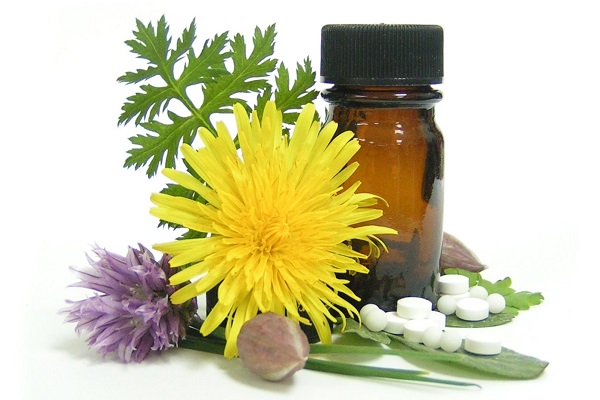Homeopathic remedies can be derived from many diverse sources on and outside of our planet. We have medicines made from the plant, mineral and animal kingdoms, the imponderables created from sources, such as sunlight and moonlight, and remedies based from excretions of all kinds.
Homeopathy addresses the total symptom-picture, which includes the physical, emotional, mental and spiritual symptoms of the individual. Each homeopathic remedy is ‘proven’ on healthy volunteers, who are given crude doses of the particular substance, and the symptoms produced by each ‘drug’ are recorded in the Materia Medica.
We are indebted to the animal plant and mineral kingdoms for their numerous remedies — they have assisted in bringing countless individuals back to a state of optimal balance.
The following describes some of the characteristics of the animal, plant and mineral kingdoms and provide examples of the curative homeopathic remedies belonging to each.
The Animal Kingdom
The members of the animal kingdom bless us not only with their companionship and affection, but also offer a wide variety of healing ‘drugs’ with which to address our health issues.
Each animal-derived remedy carries with it the characteristics of the animal itself and addresses the similar symptoms presented by a person in a state of energetic imbalance.
Persons needing an animal remedy will appear with features of the animal kingdom, chiefly the keynotes of conflict, competition and attractiveness. In this kingdom, survival of the fittest rules.
Patients requiring a remedy from this kingdom may draw attention to themselves with flashy clothing and behaviour. They will most likely explain themselves in an animated manner.
The characteristic symptom-picture of Apis mellifica [Honey bee] is a good example of a remedy from the animal kingdom. The Honey bee, like the Apis patient is highly animated, attractive and needs to be busy, or fidgety [the buzzing bee]; it is always attracting attention. Its venom produces oedematous swelling and burning, stinging pains which are highly uncomfortable and are noted in bee stings and the Apis patient’s physical complaints.
The Plant Kingdom
The basic quality of the plant kingdom is sensitivity. As an organism rooted and unable to move, its survival depends on an awareness of the changes in its external environment and its ability to adapt to these changes for it is immobile.
Patients requiring a remedy from the plant kingdom are soft, timid, sensitive, affected by many things, constantly adapting to changes and easily influenced. Their moods are highly variable. They may speak in a wandering narrative in which symptoms are not completely described.
Pulsatilla nigricans, or the wind flower, is an excellent example of a remedy derived from the plant kingdom. It is changeable and delicate, and always altering its direction to the wind in order to adapt and survive.
Pulsatilla people are yielding, malleable and changeable in nature. The flower grows in the cool weather of Spring. The Pulsatilla remedy and patient desire open air. The plant grows in sandy soil which holds little water. Accordingly, the symptomology of the Pulsatilla patient includes thirstlessness.
The Mineral Kingdom
The central themes of the mineral kingdom are structure and organisation and problems arise from a break in these states, or from breaks in relationships, or failure, in performance.
Patients requiring a remedy from the mineral kingdom appear to be well organised. Their clothing may be symmetrical in pattern. Their complaints are forwarded in a systematic manner and they generally present with chronic complaints which often date back to a break in structure, or relationship.
Silicea is a good example of remedy from the mineral kingdom as it forms a large part of the earth’s crust. Rock, sand, glass, etc., all contain Silicea in some degree.
The remedy’s main theme is the need to be unyielding, unchanging, rigid and fixed. Constantly firm in the face of attack. The patient feels that their survival lies in rigidity and firmness and if they are unable to achieve this, they may feel weak, self-conscious and fragile. The person needing Silicea lacks internal grit.
When a patient consults the homeopathic physician matches the symptom-picture, framed by the indicated kingdom, to that of the similar remedy, in order to correct the energetic imbalance. Once given, the remedy supplies the missing information required to energetically re-balance. The individual is brought back to a state of equilibrium.

